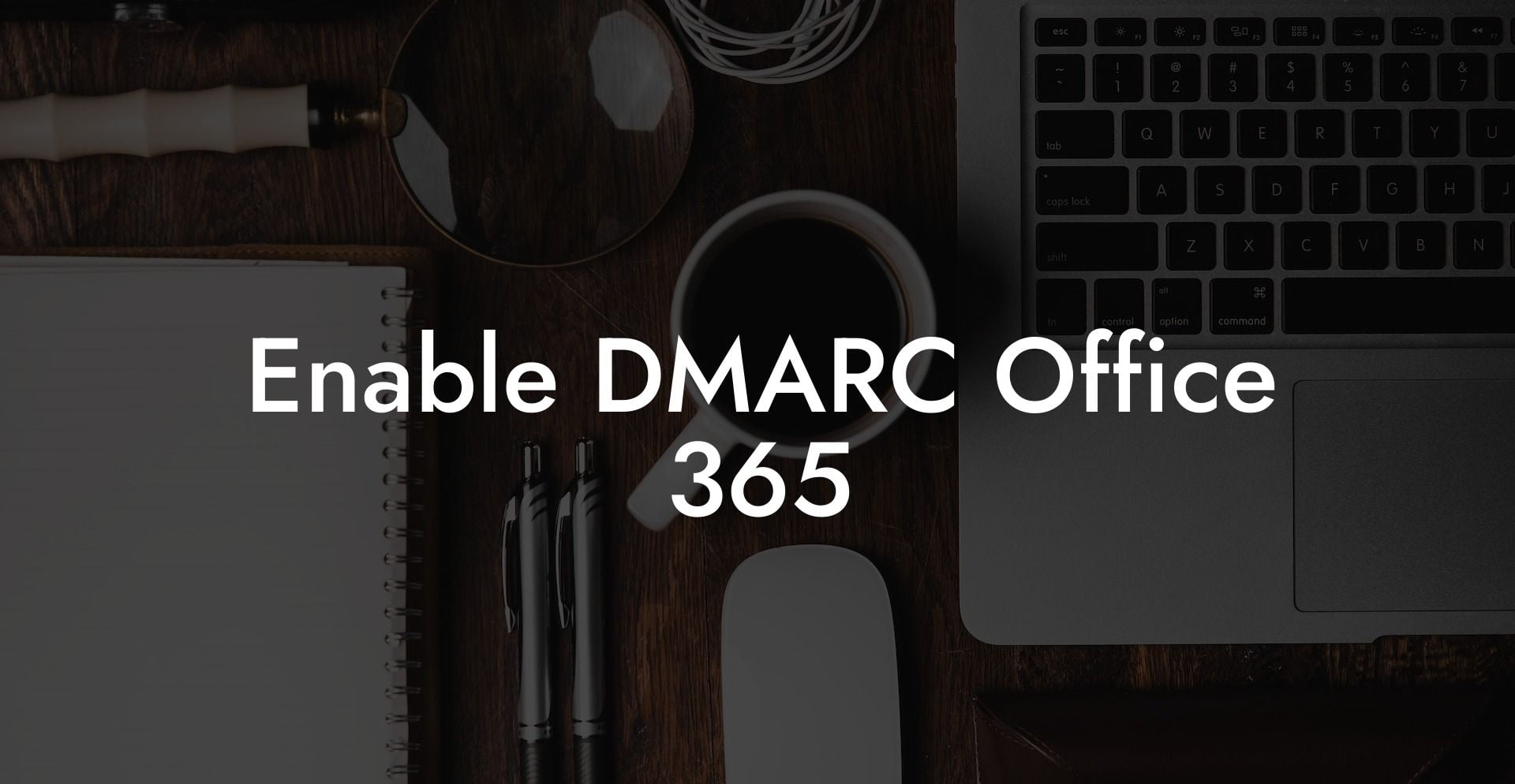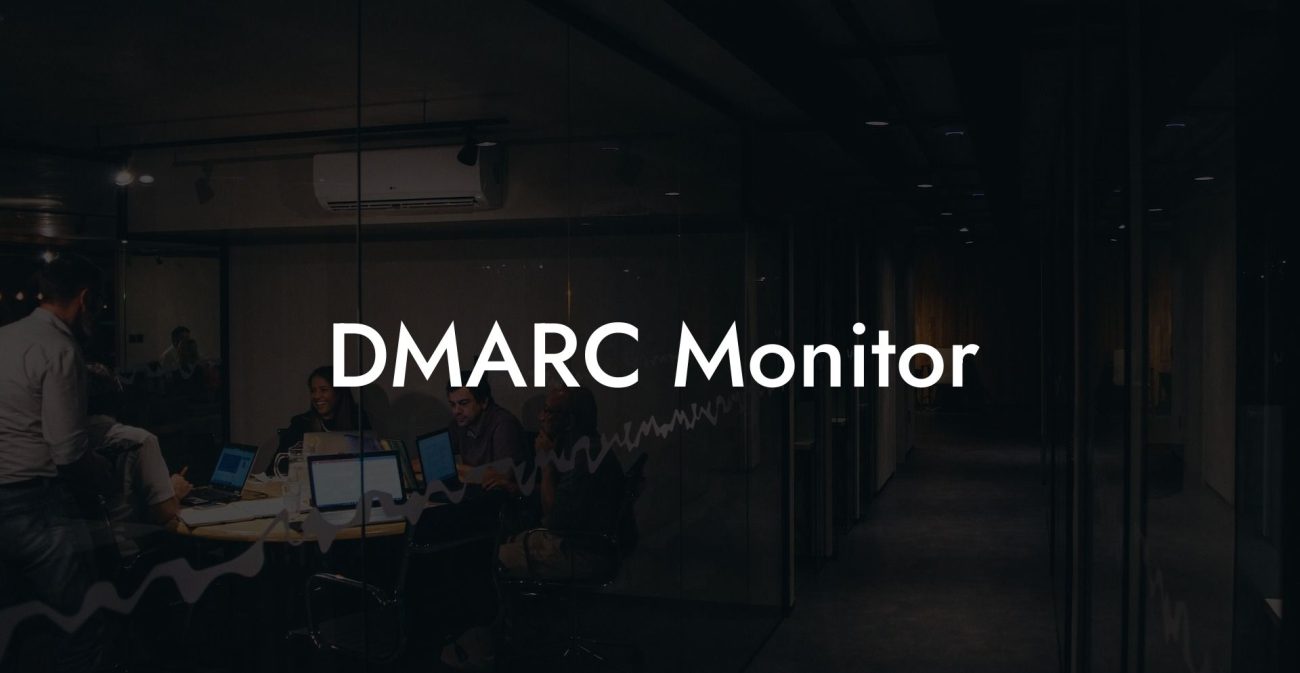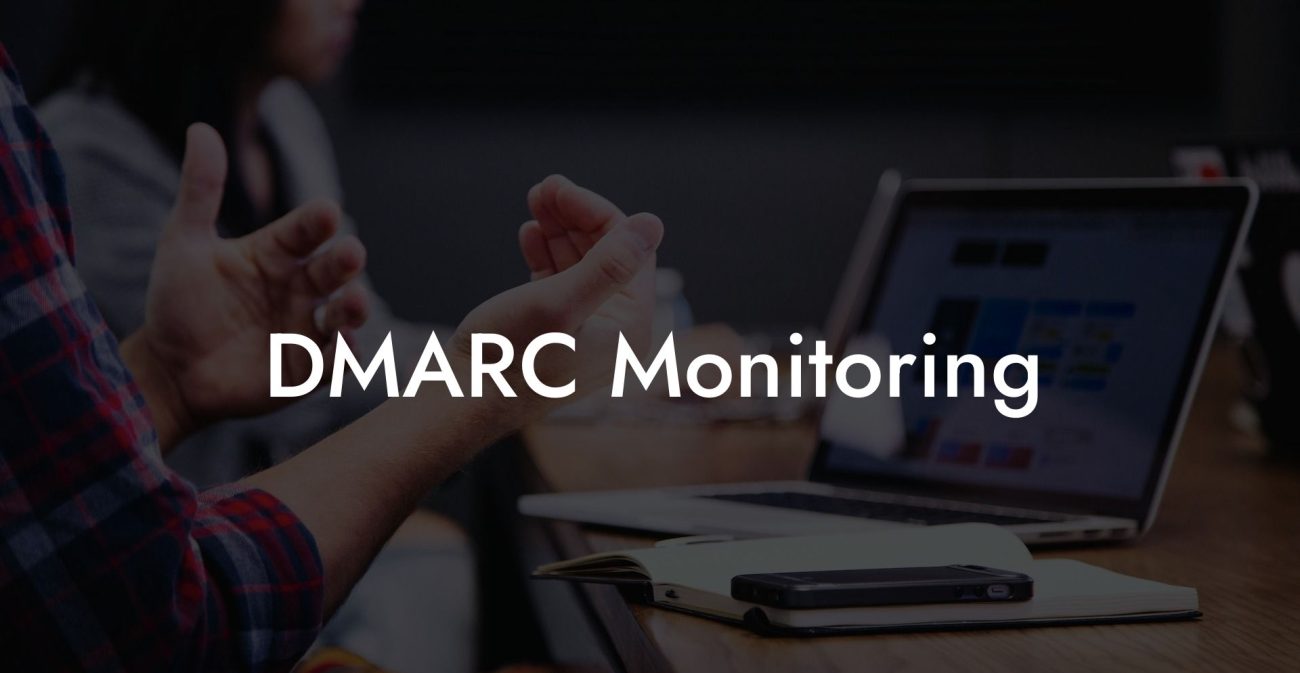With the constant rise in cyber threats, it has become crucial for businesses to take up strong safety measures which will secure their sensitive data. One such measure is deploying Domain-based Message Authentication, Reporting, and Conformance (DMARC) to protect email systems. If your organization is using Office 365, then enabling DMARC should be your top priority! In this blog post, we will guide you through the process of enabling DMARC for Office 365 and outline its benefits, helping to protect your organization from potential harm caused by cybercriminals.
Enable DMARC Office 365 Table of Contents
What is DMARC?
Domain-based Message Authentication, Reporting, and Conformance (DMARC) is an email authentication protocol that helps protect email domains from various threats such as phishing, spoofing, and spam. It combines the features of both Sender Policy Framework (SPF) and DomainKeys Identified Mail (DKIM) to provide better security, prevent unauthorized usage of email domains, and improve overall email deliverability.
Why is DMARC Important for Office 365 Users?
- Enhanced Security: DMARC ensures that only authorized senders can use your domain to send emails, which will reduce spoofing and phishing attacks targeting your organization.
- Improved Email Deliverability: By implementing DMARC, your organization's emails are less likely to be marked as spam or blocked by recipient servers, ensuring that important messages reach their intended recipients.
- Visibility and Reporting: DMARC provides valuable insights and reports about email traffic using your domain, which will help you monitor and analyze the effectiveness of your email security strategies.
Steps to Enable DMARC in Office 365
-
Verify SPF and DKIM Configuration
Protect Your Data Today With a Secure Password Manager. Our Top Password Managers:
Before implementing DMARC, ensure that both SPF and DKIM are configured correctly for Office 365. SPF validates the sender's IP address while DKIM adds a digital signature to every email. Both of these mechanisms assist DMARC in verifying the legitimacy of email messages.
-
Create a DMARC Policy
A DMARC policy should be created using three main components:
- Tag 'v': Specifies the DMARC protocol version.
- Tag 'p': Defines the policy to be applied when an email fails DMARC validation (e.g., quarantine or reject).
- Tag 'rua': Specifies an email address to receive DMARC aggregate reports.
-
Add the DMARC Record to Your Domain's DNS
After creating a DMARC policy, add it to your domain's DNS as a TXT record. The record should look like this example:
_dmarc.yourdomain.com. 3600 IN TXT "v=DMARC1; p=none; rua=mailto:dmarc@example.com" -
Monitor and Analyze DMARC Reports
DMARC reports provide valuable insights about email activity related to your domain. Analyze these reports regularly to stay informed about your organization's email security and make adjustments as needed.
Enable DMARC Office 365 Example:
To give you a better idea of how DMARC implementation for Office 365 works, let's look at an example:
Company ABC is using Office 365 and wants to enable DMARC for its domain example.com. They have already configured SPF and DKIM for their email system.
1. First, they create a DMARC policy: v=DMARC1; p=quarantine; rua=mailto:abc-dmarc@example.com.
2. Next, they create a TXT record in their DNS with the DMARC policy and the following format: _dmarc.example.com. 3600 IN TXT "v=DMARC1; p=quarantine; rua=mailto:abc-dmarc@example.com".
3. Lastly, they monitor and analyze the DMARC aggregate reports sent to abc-dmarc@example.com to ensure the effectiveness of their email security.
Now that you know how to enable DMARC for Office 365, it's time to take action and secure your organization's email system. Implementing DMARC will not only help prevent voice phishing attacks and other email-related threats but also improve email deliverability and domain reputation. Don't forget to share this informative guide with others who might benefit from it, and explore further into our Voice Phishing blog for more valuable insights on cybersecurity!
Protect Your Data Today With a Secure Password Manager. Our Top Password Managers:















